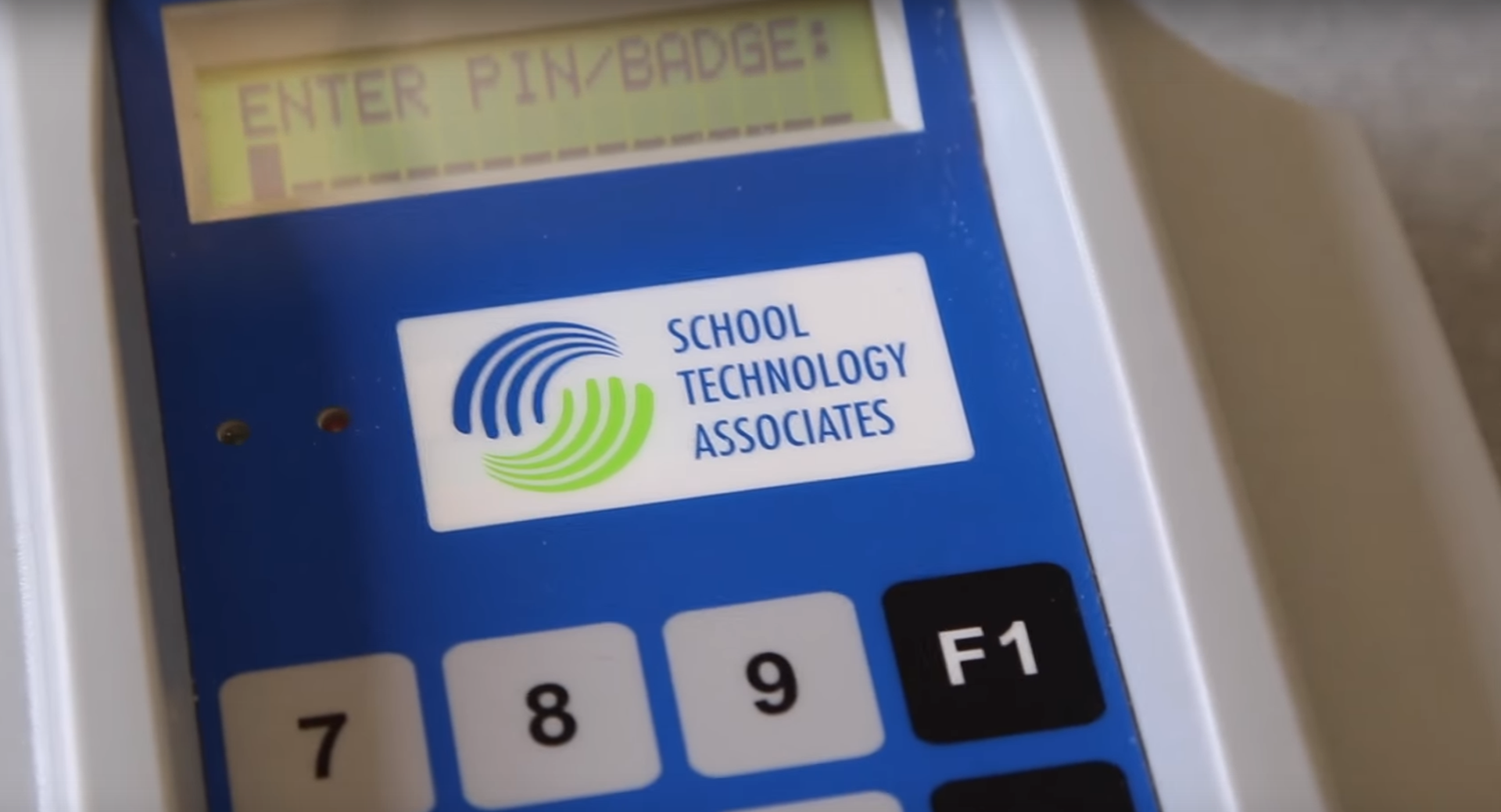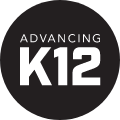
We would like to give a special thanks to Dan Hoerl, President of School Technology Associates, Inc., a Skyward Exclusive Business Partner, for contributing his expertise in district automation solutions to this article.
The bell rings, attendance is taken, homework is collected, and before your students are ready to learn, 10 minutes of class time are already out the window. Instructional hours have always been at a premium, but never more so than today. Administrative tasks, testing requirements, and absenteeism all cut into the amount of quality time that your teachers get to spend working with their students.
As a district administrator, you are in a position to do something about it. There are all kinds of ways that you can automate your classrooms and give your schools the resources they need to focus on what they do best. Even a handful of minutes saved every day will result in a rapid return on investment, measured in both actual costs and improved student outcomes.
Save energy to help pay for your investment
The first thought that comes to mind when considering how to implement technology in your district is typically “where is the money going to come from?” Automated lighting controls and daylight harvesting techniques have been shown to reduce energy consumption in classrooms by 50% or more, making utility bills more palatable and adding an element of eco-friendliness to your schools.Efficient lighting is no longer achieved through occupancy sensors alone; the technology has come so far that it is now possible for photo sensors to automatically manage dimming and switching based on natural light levels without disrupting the class.
All cost savings aside, there is some fascinating research on the impact that good lighting can have on the learning environment. If an investment with so little up-front cost can have even an incremental effect on student performance, it would seem to be as good a starting point as any for automating your classrooms.
Join the Positive Attendance movement
Our concept of what constitutes a learning space is rapidly evolving. More and more schools are adopting flex periods in place of study halls and giving students more control over where they learn and what resources they use throughout the course of the day.Positive Attendance cuts out the middle man by allowing students to go directly to a given location without having to stop for a hall pass. Students “check in” to the room as they arrive, automatically building a student roster for teachers based on who is present and eliminating the need for manual attendance processes. Date and time stamps ensure that there is no confusion over tardiness or transition times.
Positive Attendance is a new concept with plenty of untapped potential. Administrators might soon find innovative uses for Positive Attendance, such as identifying off-campus students during open lunch hours or real-time location tracking for various activities (student council meetings, tutoring sessions, etc…) in order to accurately account for all students at any point in the day. Some districts have even set up Positive Attendance devices at off-site reunification points as an emergency preparation measure.
Data-driven resource allocation and accountability is made possible by reviewing student traffic through various rooms, such as the weight room, computer labs, and library. Buses represent another area of opportunity for Positive Attendance. We envision a future where students, especially those with special needs or transportation requirements, can be “swiped in” to the bus in order to ensure IEP compliance and confirmation of current location.
Positive Attendance supports the emerging trend of mobile learning environments by significantly reducing manual attendance processes. It is one of the few classroom automation strategies to be developed as a direct response to the needs of K-12 administrators, rather than being adapted from another market.
Speed up the communication loop
Have you ever witnessed someone muttering “it’s not worth the paperwork” when an action probably needed to be taken? Teachers should never feel like they have limited options in the classroom because of procedural roadblocks or inefficiencies. A modern student information system should provide an automated notification workflow for discipline, attendance, and grades that includes the teacher, central office, and parents where appropriate.The benefits of such a workflow are twofold. For one, the hours spent drafting emails, repeating details, and following up on consequences can be reinvested in personal instruction and communication with students. Secondly, information is now relayed as it is happening, eliminating the gaps and delays that plagued the old approach. Now, when teachers enter a grade or an incident record, they can have the peace of mind that all parties are being informed with one click, and (depending on security configurations) all of the documentation will be made automatically available to those who need access to it.
Manage your classroom hardware
From the end of the 20th century through the modern day, classrooms have been littered with dials, switches, and drawers full of remote controls for the various forms of media that may or may not see any use throughout the course of the year. The time for complicated controls is past, as automated classrooms have evolved to simplify technology for even the most technophobic of teachers.The first step to an effective edtech implementation is knowing that you are getting the most out of your investment. By automating your classroom’s hardware via an intuitive interface, you can all but guarantee that your teachers will use their high tech tools more often and with greater efficiency.
This advanced integration of physical resources will also reduce the number training hours that need to be allocated for teachers and keep your IT team from getting bogged down in service calls. Automated control systems can be serviced remotely, thus mitigating the disruptions presented by on-site troubleshooting.
Keep your students safe
In the event of an emergency, there is no time to waste. Automated school security systems not only cut down on manual procedures, they can also save lives. An effective security system should be able to leverage your existing hardware into one, tightly integrated and easily accessible solution.With the press of a single button from any authorized location, classroom doors can be secured (a huge step up from doors that require teachers to enter the hallway to lock their room), emergency messaging systems can be activated, and a PA announcement can be triggered.
Every second counts when disaster strikes, and if there is even one situation that calls for automation as a top priority, this should be it. Instead of worrying about procedures and checklists, an automated security system allows teachers and administrators to focus on keeping themselves and their students safe and calm in the midst of turmoil.
The phrase “automated classroom” can be intimidating and even offensive when taken out of context. It is important to point out that the purpose of automation is not to replace teachers with robots or creative expression with artificial intelligence. It is solely to support teachers and students in pursuit of a safer and more productive learning environment. You will find that, when automation technology is implemented correctly, upfront costs are dwarfed by the tangible returns in instructional time, administrative efficiency, and student outcomes.
WHAT'S NEXT FOR YOUR EDTECH? The right combo of tools & support retains staff and serves students better. We'd love to help. Visit skyward.com/get-started to learn more.

|
Advancing K12 Staff Edtech Thought Leaders |




